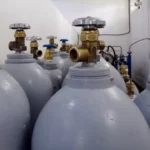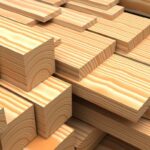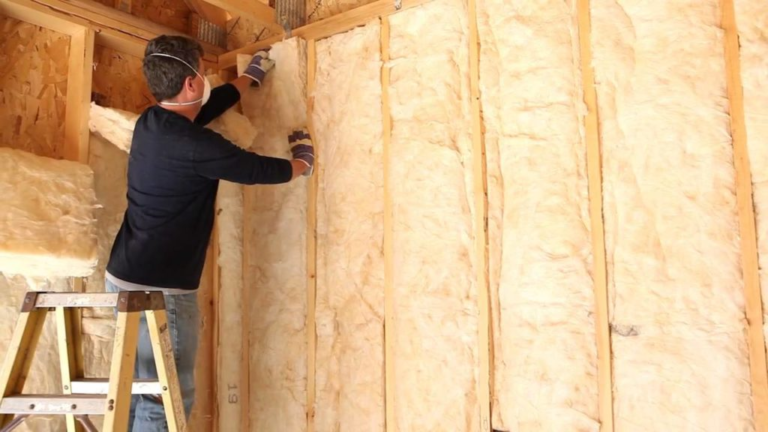
Laser Cutter: How Does It Work?
To cut and etch onto solid material, engineers, designers, and artists generally employ a laser cutter as a prototype and production tool. Laser cutters use a narrow, concentrated laser beam to puncture and cut down objects. In addition to cutting, they perform vectoring or etching patterns onto machine parts by burning the workpiece’s surface and removing the material’s upper surface to alter the look of the area where the vector process was done.
Moreover, laser cutters are used in industrial engineering firms to cut big chunks of materials, by hardware manufacturers to generate inexpensive, rapid prototypes, and by builders and artisans as a DIY fabricating tool to translate their digital ideas into actual objects. Learn more about laser cutters in this article, including what they are, how much they can produce, and how to use them.
Laser Cutters: What Are They?
A laser cutter is an example of a CNC machine (Computer Numerical Controlled), a fully automated device. With a single click, a developer may create anything in a design program and then submit it to laser cutters to be instantly carved out. When a laser cutter receives a design, it employs a laser beam to scrape or carve into the substance on the chopping table. Laser cutters are an excellent all-purpose tool since they can be used to create various designs, from raster graphics to cardboard prototypes. Even though there are highly potent laser cutting that could cut into steel and far more complex things, typical laser cutting is typically used to cut things like wood, specific polymers, papers, and cardboards.
Laser cutter Australia is often relatively rapid, producing planned pieces in minutes. Like 3D printing, laser cutters are fast prototyping tools that let artists make quick and affordable changes to their ideas before moving on to larger-scale production.
What Are The Different Uses For Laser Cutting?
Laser cutter Australia may generally be used for three different tasks: cutting, etching, and labelling.
Cutting
A cut is made once the laser beam completely penetrates the workpiece’s substance. Generally speaking, laser cutting is entirely accurate and tidy. The material affects how the cut corners appear. For instance, cut timber often has deeper brown edges compared to laminate wood. Following laser cutting, glass borders maintain their colour and have a lovely glossy surface.
Etching
By burning the surface of items and goods, laser etching leaves traces on them. It falls within the more general category of “laser marking,” which also encompasses “laser etching” and “laser melting.” It works with the majority of metals and is quite adaptable.
The laser warms and alters the object’s tiny surface during etching. As a result of the laser etching, the area becomes larger and rougher.
Marking
When the laser marks a surface, it does not eliminate any substance but modifies its properties, such as colour. When dealing with metals, CO2 laser cutters are often utilised for marking.
A marking substance is placed on the workpiece’s base. Etching is done after the marking substance has dried. A lasting mark is produced when the laser’s heat binds the chemical to the steel.
How To Begin With Laser Cutting
Do you plan to laser-cut your customised layout? Here is a step-by-step breakdown of everything you should think about to make things work.
-
Obtain a laser cutter.
There are several alternative ways to obtain laser cutters:
- Colleges, organisations, and schools. Institutions are the right places to seek laser cutters, mainly if you are a learner.
- Makerspaces. The main benefit of makerspaces is that the other users are often quite helpful and frequently provide classes on how to use the tools.
- Laser cutting solutions. When using a laser cutting solution, you submit the designs and the business will cut the pieces and deliver them to you after that.
-
Select the material you want to carve or etch.
The maximum material width you can cut should vary based on the strength and other features of the device you want to use. Laser cutter output is expressed in Watts. From 30 Watts and 120 Watts is the standard power range. Higher power lasers are often exclusively utilised in industrial settings.
-
Produce your artwork.
Understanding the distinction between vector pictures and raster graphics is crucial when using laser cutters. You may handle both kinds of picture files, but you can only use good ones for cutting—not engraving or etching.
The arcs and hues are represented as mathematical formulae in a vector graphic. Pixels make up raster pictures. It indicates that the image is composed of several tiny squares. Raster pictures will begin to “pixelate” at a specific expansion, while you may expand vector graphics without losing quality. You may use whatever program you choose when publishing your document in the correct format.
-
Cut it.
The last stage, the laser cutting, must be done after completing your design. Laser cutter Australia is an essential tool. You may use them to make incredible things, but they could also be harmful, so first, a note of caution.
When using a laser cutter, always read and follow all safety guidelines carefully. Be advised that a CO2 laser’s frequency is in the infrared range of visible light, making it undetectable to the naked eye. The red dot you observe with several pieces of equipment on the material surface is merely there as a location guide, not as the cut lasers.
Conclusion
The most fundamental and popular procedure in metal manufacturing is cutting. Due to its numerous benefits over other techniques, laser cutter Australia is the preferred technology in the market for carrying out such tasks. Moreover, a specialised operator is also required to maximise the capabilities of laser cutters. The proper configuration ensures that the cutting performance meets the standards that consumers have come to expect from this equipment.


















